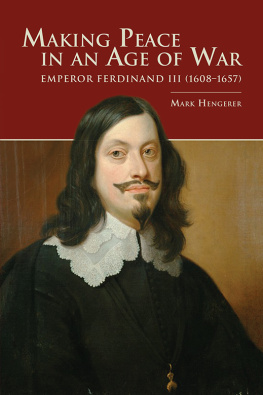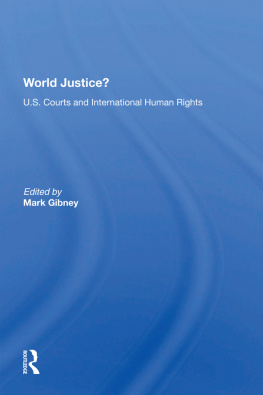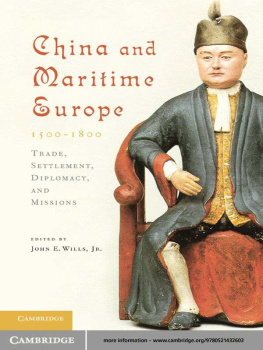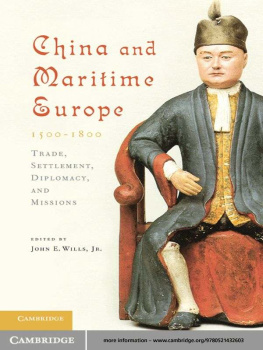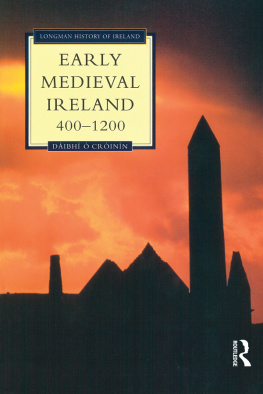Mark Hengerer - Animals and courts: Europe, c. 1200-1800
Here you can read online Mark Hengerer - Animals and courts: Europe, c. 1200-1800 full text of the book (entire story) in english for free. Download pdf and epub, get meaning, cover and reviews about this ebook. year: 2020, publisher: De Gruyter Oldenbourg, genre: Romance novel. Description of the work, (preface) as well as reviews are available. Best literature library LitArk.com created for fans of good reading and offers a wide selection of genres:
Romance novel
Science fiction
Adventure
Detective
Science
History
Home and family
Prose
Art
Politics
Computer
Non-fiction
Religion
Business
Children
Humor
Choose a favorite category and find really read worthwhile books. Enjoy immersion in the world of imagination, feel the emotions of the characters or learn something new for yourself, make an fascinating discovery.

- Book:Animals and courts: Europe, c. 1200-1800
- Author:
- Publisher:De Gruyter Oldenbourg
- Genre:
- Year:2020
- Rating:4 / 5
- Favourites:Add to favourites
- Your mark:
- 80
- 1
- 2
- 3
- 4
- 5
Animals and courts: Europe, c. 1200-1800: summary, description and annotation
We offer to read an annotation, description, summary or preface (depends on what the author of the book "Animals and courts: Europe, c. 1200-1800" wrote himself). If you haven't found the necessary information about the book — write in the comments, we will try to find it.
Animals and courts: Europe, c. 1200-1800 — read online for free the complete book (whole text) full work
Below is the text of the book, divided by pages. System saving the place of the last page read, allows you to conveniently read the book "Animals and courts: Europe, c. 1200-1800" online for free, without having to search again every time where you left off. Put a bookmark, and you can go to the page where you finished reading at any time.
Font size:
Interval:
Bookmark:
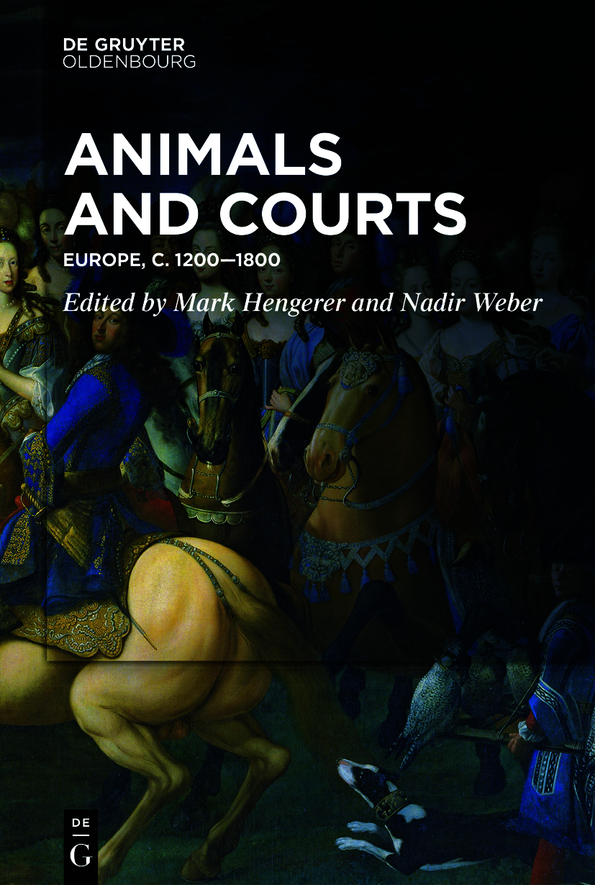
ISBN 9783110542561
e-ISBN (PDF) 9783110544794
e-ISBN (EPUB) 9783110542769
Bibliographic information published by the Deutsche Nationalbibliothek
The Deutsche Nationalbibliothek lists this publication in the Deutsche Nationalbibliografie; detailed bibliographic data are available on the Internet at http://dnb.dnb.de.
2020 Walter de Gruyter GmbH, Berlin/Boston
Both animal studies and court studies are relatively new fields in historiography. Historical animal studies gained sustained academic interest only in the last decade, bringing forward the argument that animals have their history, too, and that human-animal relations are fundamental for understanding the history of societies. Insisting on the variety of interspecies interactions depending on time, space, and species, animal historians tend to see history rather as an outcome of interdependent co-evolutions than as an exclusively man-driven process. Both animal studies and court studies were and still are highly innovative on the level of methodology and theory and often function in an interdisciplinary manner. Both have, from the very beginning, transcended the framework of nineteenth-century nation states which played such an important role for structuring classical fields of historical research. And both convincingly made the case for broader horizons of analysis in time and space.
Considering these similarities, we were surprised by the fact that animal studies and court studies have not yet entered into an international dialogue. Certainly, studies on specific animals or animal-related practices have been published before, but they rarely took into account the theoretical, conceptual, and methodological implications of animal studies. In this restricted sense, we may dwell on some studies discussing the presence of animals at the courts of Austria, England, France, Rome, and Spain, which devoted different degrees of interest to the animals involved. However, our knowledge about animals at court is limited to particular cases certain courts, practices, or animals while a comparative view on the roles and functions of animals at princely courts is still lacking.
This is the point where this volume, following an international conference held in Munich in December 2016, comes in. It aims at bringing the two fields of research closer together, making the particular theoretical and methodological frameworks more accessible, and seeing what could be achieved by integrating both animal studies and court studies into a common picture. As both court studies and animal studies are essentially interdisciplinary fields of research, this is also the case of the present volume: in the following contributions, evidence from history, art history, literary studies, and biology is presented.
Beyond the thematic and methodological interest, this volume has a wide but nevertheless confined temporal and regional focus. Astonishingly, most responses to our call for papers, that had invited contributions on pre-1918 topics without spatial restrictions, converged largely on the concept of old Europe (Alteuropa) that according to the German historian Peter Blickle (amongst others) covers the period of European history from around 1300 to 1800; a period that was marked by social, cultural, technological, and economic transformations, but also by a relatively stable world view that propagated the ideal of a Christian, well-regulated society of orders. In the same period, the households of dynastic rulers and their families gained more and more political, social, and cultural significance in the growing territorial states before reaching a turning point around 1750, when state administration began to be dissociated from the immediate environment of the sovereign, noble privileges were put into question, and the modern nation states, based on an idea of equality before the law, began to take form in theory and practice.
Given the response to our international call for papers and the more analytical considerations mentioned above, we decided to concentrate on the period from c. 1200 to 1800 and on European courts. However, this does not mean that the patterns analysed in this volume are limited to Europe: as has been shown, certain practices of royal hunting were widespread in the whole Eurasian area, and in fact, several contributions to this volume show that the trade in live animals was an important factor in the growing interdependences between European courts and non-European rulers or other regions of the then known world, in Africa, Asia, and the Americas. Regarding the timeframe, one has to keep in mind that the different histories of human-animal relations can also lead to different periodizations, a point that is discussed by Mieke Roscher in her comment, where she argues for a longue dure perspective.
The four parts of this volume reflect different functions, problems, and consequences associated with the presence of animals at premodern princely courts. The first part Meaningful Movements: Animal Circulation and Intercourt Relations shows that animals enlarged the spatial scopes and communication networks of premodern courts. The provisions needed for cheetahs, francolins, elephants, or race horses (among other animals) opened courts up to distant worlds.
The second part Formative Interactions: Horses, Dogs, and the Making of the Courtier shows that certain animals were fundamental for shaping courts and the figure of the courtier. This is especially evident in the case of horses and dogs which fulfilled many essential practical and representative functions in court life, and whose mastery was seen as a distinguishing quality of a true nobleman or a good ruler in the medieval period. Thus, if it has already been well established that courtiers had to be experts in interaction, this volume shows that they had to be and were experts in interspecies interaction, too.
The third part Lively Representations: Animals, Rank, and Courtly Sociality also reflects the disproportionate relevance of horses and dogs for courts, but this time rather on the level of public representation and competition among courts. Rulers and their courts rivalled with other rulers and courts through their animals. This competitive dimension was perhaps most ostentatiously practiced in tournaments and in the horse races that were widespread on the Italian Peninsula in the fifteenth and sixteenth centuries
On a European scale, not only warfare, but also such forms of symbolic competition facilitated the emergence of central courts and fiscal states. In order to keep up with their rivals, early modern rulers had to invest more and more resources into creating representative stables, kennels, or hunting parks, into obtaining and keeping horses, dogs, and falcons, and into paying the numerous staff of the hunting and stables administrations from stable boys of low origin to the Grand cuyer or Grand Veneur at the top of the courtly hierarchy.
Yet, if courts insisted on an identity shaped by constraint and self-restraints for the sake of representation, they left many princes and courtiers in need of affective bonds. Also in this case, animals helped out. The fourth part Coded Emotions: Animals, Love, and Gender Relations deals with the emotional dimension of the presence of animals at premodern courts; however, this could also become a means of noble self-fashioning in itself. At first sight, the high degree of fondness for companion animals among which lap dogs figured prominently, but also lesser known pets such as squirrels
Font size:
Interval:
Bookmark:
Similar books «Animals and courts: Europe, c. 1200-1800»
Look at similar books to Animals and courts: Europe, c. 1200-1800. We have selected literature similar in name and meaning in the hope of providing readers with more options to find new, interesting, not yet read works.
Discussion, reviews of the book Animals and courts: Europe, c. 1200-1800 and just readers' own opinions. Leave your comments, write what you think about the work, its meaning or the main characters. Specify what exactly you liked and what you didn't like, and why you think so.

